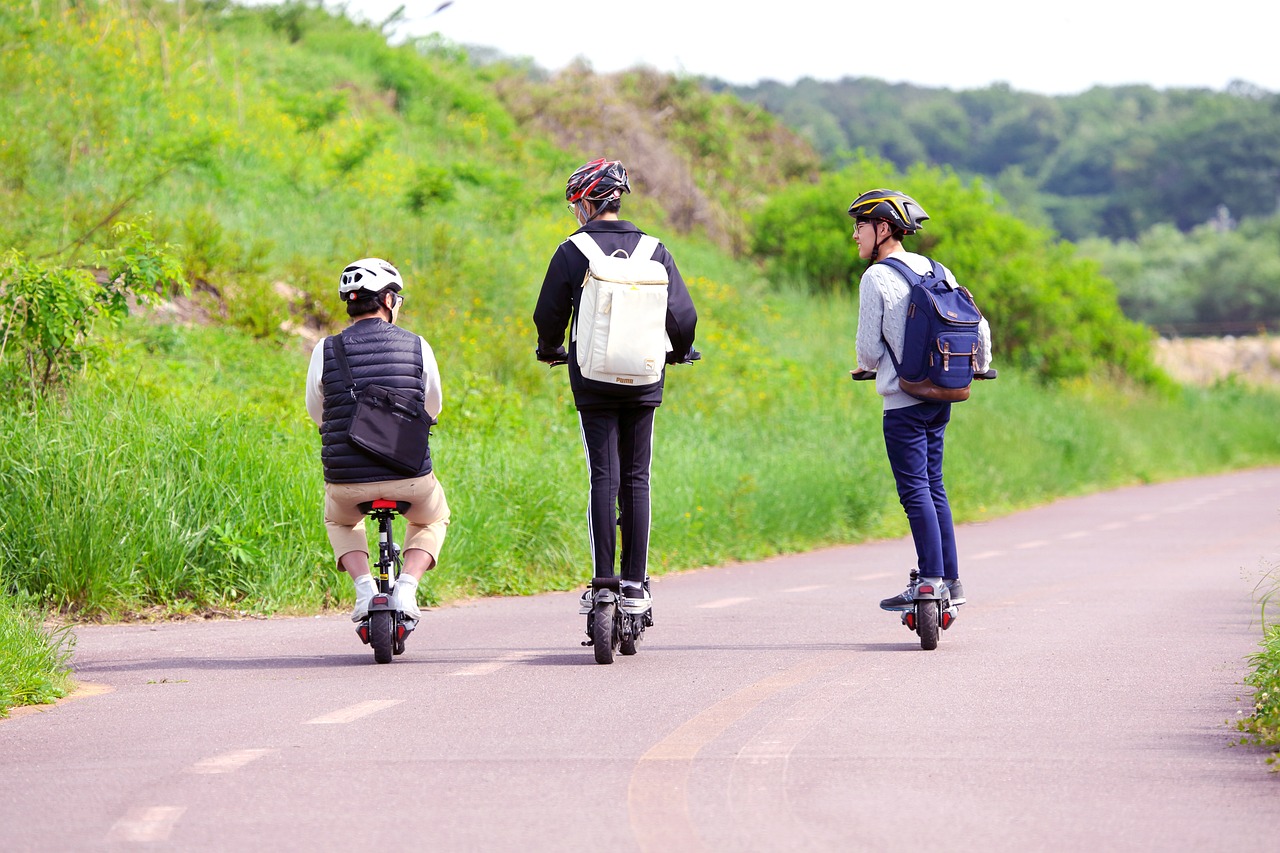So you’ve just purchased your first electric bike and you’re eager to hit the road, but maybe you’re feeling a little unsure about how to actually ride it. Don’t worry, we’ve got you covered! In this ultimate guide to riding an electric bike, we’ll walk you through everything you need to know, step-by-step. From getting familiar with the controls to maintaining proper balance and navigating different terrains, our comprehensive guide is designed especially for beginners like you. By the end of this article, you’ll be ready to confidently hop on your electric bike and embark on exciting adventures. Let’s get started!
Choosing the Right Electric Bike
Consider your riding style
When choosing an electric bike, it’s important to consider your riding style. Are you planning to use it for commuting, off-road adventures, or leisurely rides around the neighborhood? Different electric bikes are designed for different purposes, so understanding your riding style will help you choose the right bike that meets your specific needs and preferences.
Determine your budget
Another crucial factor to consider is your budget. Electric bikes come in a wide range of prices, so it’s essential to determine how much you’re willing to spend. Consider the features and components you require and find a bike that falls within your budget range. Remember, a higher price doesn’t always mean a better bike, so do your research and find a balance between quality and affordability.
Decide on the type of motor
Electric bikes are equipped with different types of motors, each offering its own advantages. There are hub motors, which are located in the center or rear wheel and provide a more balanced and stealthier ride. On the other hand, there are mid-drive motors, which are positioned near the pedals and provide better weight distribution and improved climbing abilities. Consider your terrain, riding preferences, and desired performance when choosing the type of motor for your electric bike.
Inspecting Your Electric Bike

Check the tires and tubes
Before taking your electric bike for a ride, it’s crucial to inspect the tires and tubes. Ensure that they are properly inflated and free from any punctures or signs of wear. Proper tire maintenance will not only improve your bike’s performance but also enhance your safety on the road. If you notice any issues, such as low pressure or damage, take the necessary steps to repair or replace the tires and tubes before riding.
Inspect the brakes
Brakes are an essential component of any bike, and it’s no different for electric bikes. Regularly inspect the brake pads to ensure they are wearing evenly and have sufficient thickness. Additionally, check the brake cables for any signs of fraying or damage. Properly functioning brakes are crucial for your safety, so if you notice any issues, have them repaired or replaced by a professional before riding.
Ensure the battery is charged
One of the key elements of an electric bike is its battery. Before setting off on your ride, ensure that the battery is fully charged. Consult the manufacturer’s instructions for the specific charging procedure and duration. A fully charged battery will provide you with optimal power and range, allowing you to enjoy your ride without any interruptions. It’s also a good idea to carry a charger with you in case you need to top up the battery during your journey.
Understanding the Controls
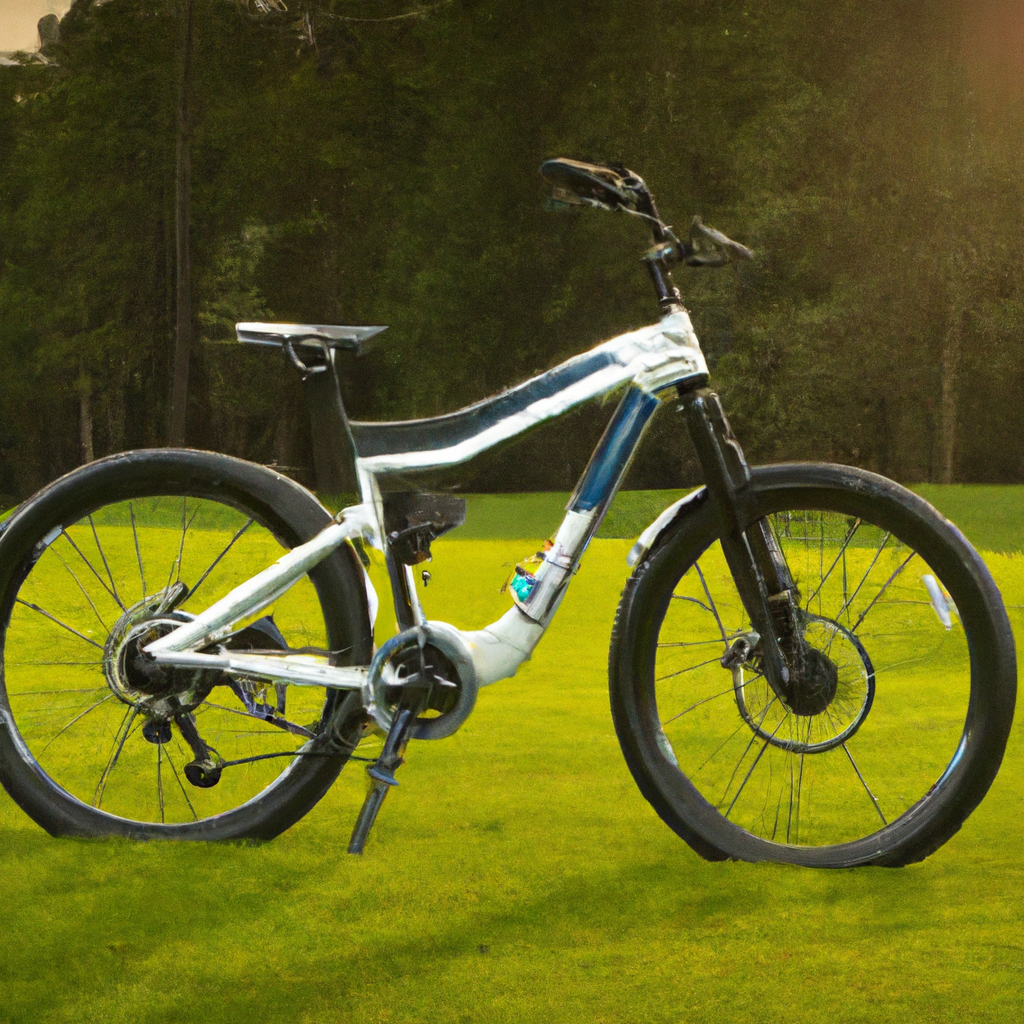
Familiarize yourself with the display panel
The display panel is one of the main control centers of your electric bike. Take the time to familiarize yourself with the functions and features it offers. It typically shows information such as speed, battery level, distance traveled, and assist levels. Understanding how to navigate through the different settings and how to interpret the displayed information will enhance your riding experience and help you manage your ride more effectively.
Learn how to use the throttle
Most electric bikes are equipped with a throttle, which allows you to control the bike’s speed without pedaling. Take the time to understand how the throttle works and practice using it in a safe and controlled environment. The throttle can be particularly useful when starting from a standstill or when you need an extra boost of power. However, be sure to use it responsibly and respect the rules of the road.
Understand the pedal assist levels
Pedal assist is a feature found on electric bikes that provides varying levels of assistance while pedaling. It allows you to choose the amount of assistance you prefer, ranging from low to high, depending on your desired effort and terrain. Experiment with the different pedal assist levels to find one that suits your riding style and energy level. This feature can greatly enhance your riding experience by making hills easier to climb and long rides more enjoyable.
Mounting and Dismounting
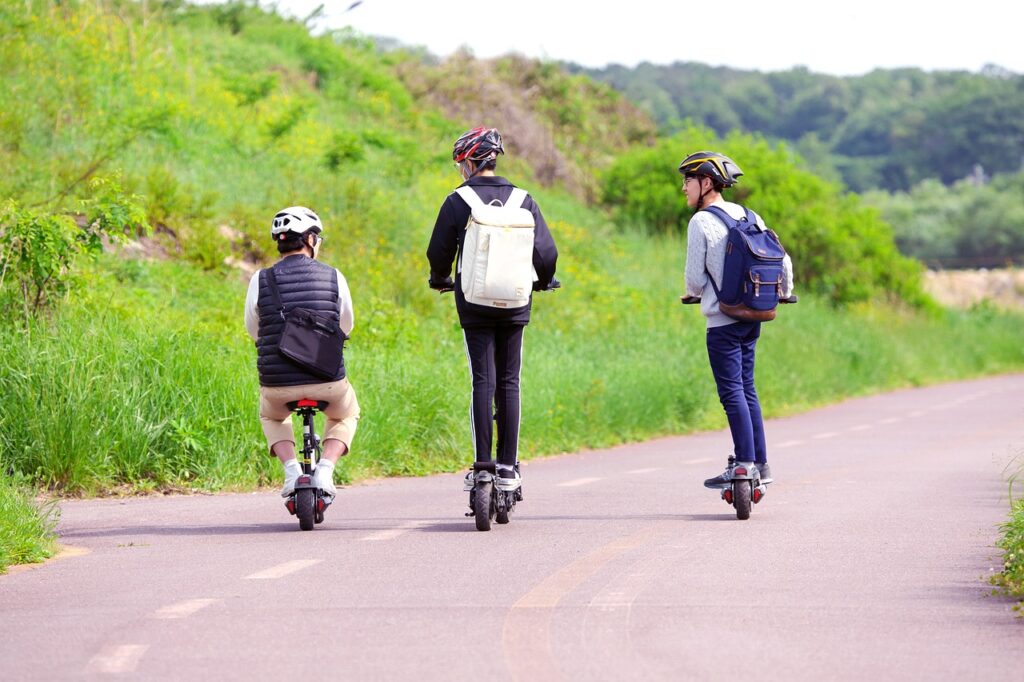
Stand over the bike and position yourself
To mount your electric bike, stand on one side of it with your feet shoulder-width apart. Position yourself so that your body is centered over the bike. This will ensure proper weight distribution and balance when riding.
Hold onto the handlebars and place one foot on a pedal
Reach out and grab the handlebars with both hands, ensuring a firm grip. Place one foot on a pedal, ensuring that it is positioned correctly and securely. Keep your other foot on the ground for balance.
Swing your other leg over the saddle
With one foot on the pedal and the other on the ground, use your momentum and swing your other leg over the saddle, ensuring that it clears the bike frame. Once both legs are on either side of the saddle, find a comfortable seated position and prepare to start riding.
Starting and Stopping
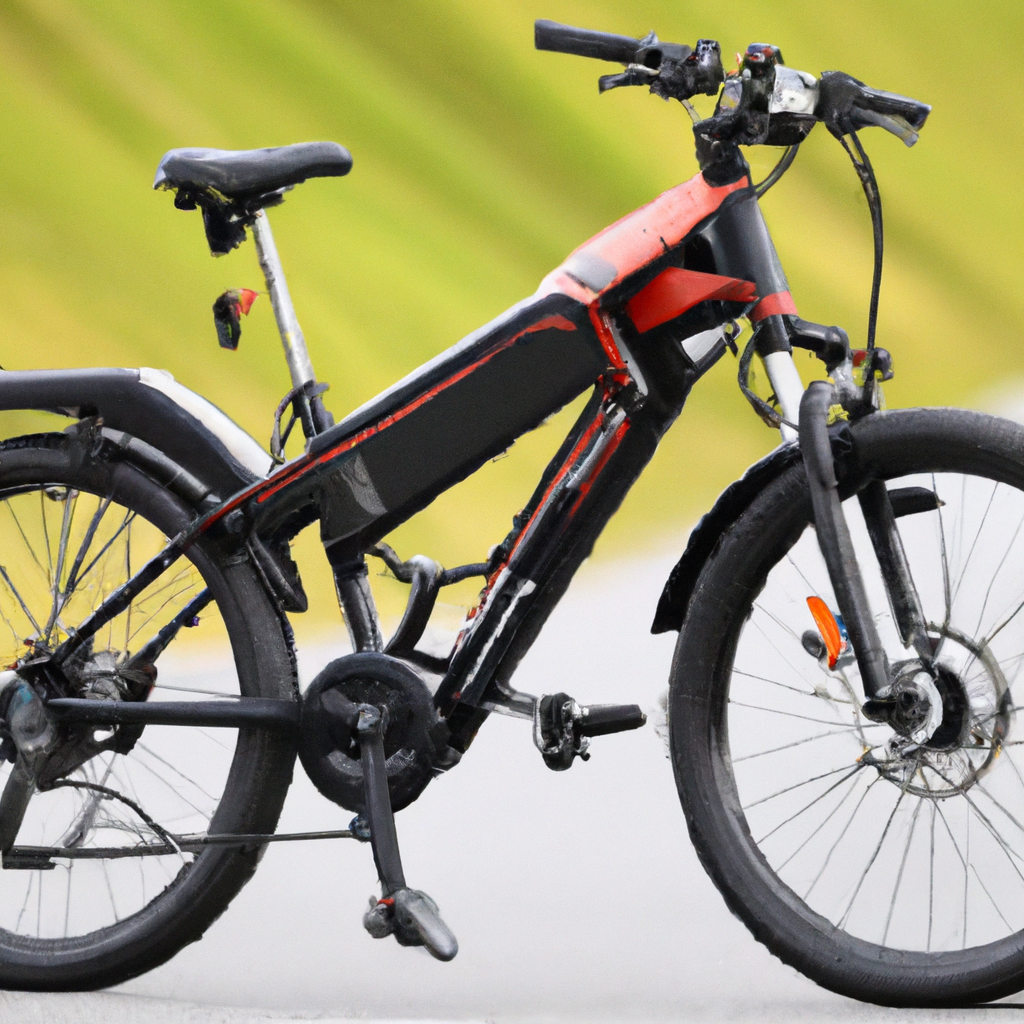
Turn on the electric bike
Before starting to ride, make sure your electric bike is turned on. Depending on the model, this may involve pressing a power button or flipping a switch. Check the display panel to confirm that the bike is powered on and ready to go.
Start pedaling or use the throttle
Once the bike is turned on, you have the option to start pedaling or using the throttle. If you prefer to pedal, begin by applying pressure to the pedals, and the electric motor will provide assistance as you pedal. If you choose to use the throttle, engage it gradually to accelerate smoothly.
Gradually apply the brakes to come to a stop
When it’s time to come to a stop, gradually apply the brakes. Sudden or harsh braking can cause the bike to skid or lose control. Apply pressure evenly to both brake levers to slow down gradually and bring the bike to a complete stop. Remember to disengage the throttle if you were using it before braking.
Shifting Gears
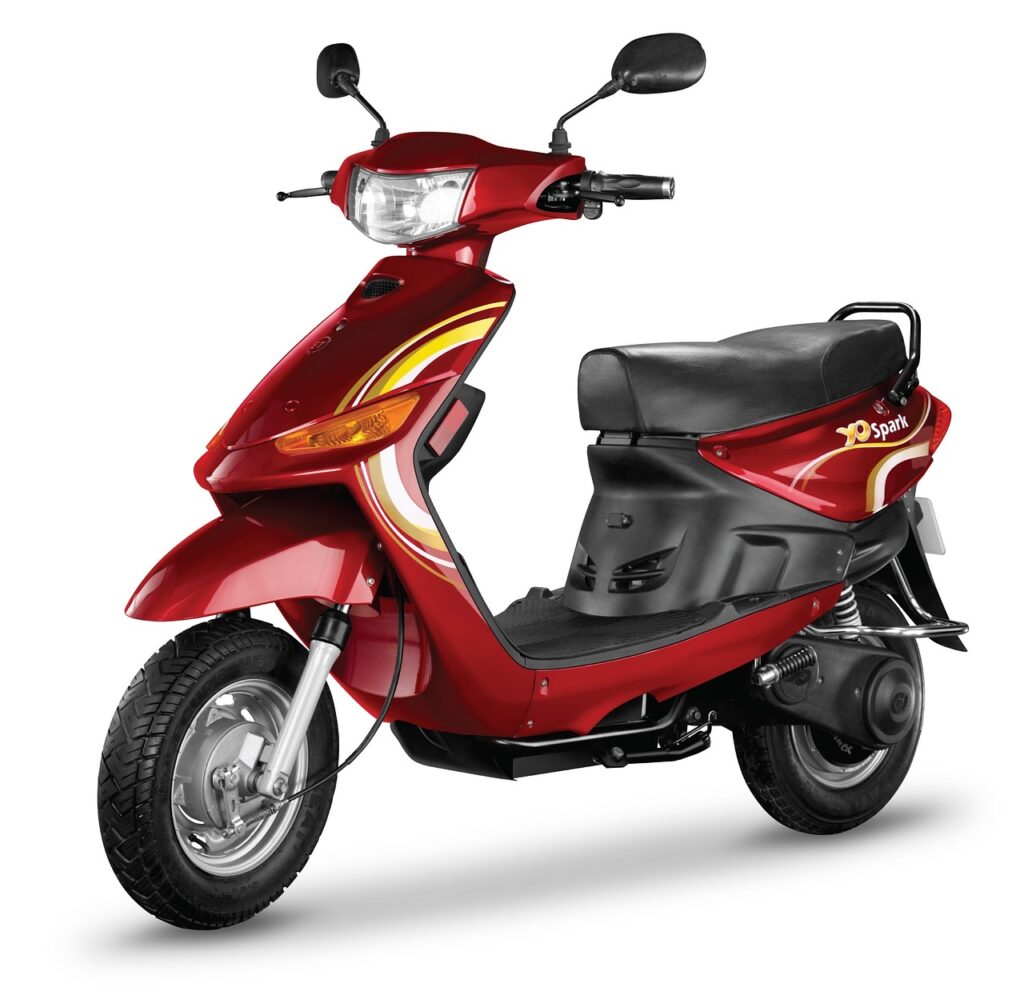
Understand the gear system on your electric bike
Electric bikes often come with multiple gears that allow you to adjust the bike’s resistance and speed. Spend some time understanding the gear system on your specific bike model. Some electric bikes have manual gear systems, while others have automatic systems that adjust according to the terrain and your speed.
Shift gears smoothly while pedaling
When shifting gears, it’s important to do so while pedaling. Ease off the pressure on the pedals slightly and shift gears smoothly, ensuring that the chain moves smoothly between the gears. Avoid shifting gears under heavy load or while pedaling uphill to prevent damage to the gears and drivetrain.
Anticipate gear changes based on terrain
As you ride, pay attention to the terrain and anticipate when you may need to shift gears. For example, when approaching a steep incline, shift to a lower gear to make climbing easier. Similarly, when riding on flat terrain or going downhill, shifting to a higher gear can help you maintain a steady pace and conserve battery power.
Maintaining a Proper Riding Position
Position your body for balance and control
Maintaining a proper riding position is crucial for balance and control. Keep your body centered over the bike and distribute your weight evenly between the saddle and the handlebars. Avoid leaning too far forward or backward, as this can affect your stability and handling.
Keep a relaxed grip on the handlebars
While riding, it’s important to maintain a relaxed grip on the handlebars. Holding them too tightly can fatigue your hands and arms and make it harder to maneuver the bike. Instead, grip the handlebars firmly but comfortably, allowing for slight adjustments as needed.
Bend your elbows and knees slightly
To absorb shocks and maintain stability, it’s recommended to bend your elbows and knees slightly while riding. This helps to absorb vibrations from uneven surfaces and allows your body to react more efficiently to changes in terrain. It also reduces the strain on your joints and helps you maintain a more comfortable riding position.
Adjusting the Pedal Assist Level
Experiment with different pedal assist levels
Most electric bikes offer multiple pedal assist levels, allowing you to adjust the amount of assistance provided by the motor. Take the time to experiment with different levels and observe how they affect your riding experience. Some riders may prefer a higher assist level for hilly terrains, while others may opt for a lower level to challenge themselves and maximize their workout.
Find a level that suits your riding style and terrain
Based on your experimentation, determine the pedal assist level that best suits your riding style and the terrain you typically encounter. You may find that different levels work better for different situations, so be open to adjusting the level as needed. Finding the right balance of assistance will ensure an enjoyable and efficient ride.
Adjust the level based on energy and distance
As you ride, you may find that your energy levels fluctuate or that you have a specific distance goal in mind. Adjust the pedal assist level accordingly. For longer rides or when conserving battery power is crucial, consider using a lower assist level or relying more on your own pedaling power. On the other hand, if you need an extra boost or are tackling challenging terrains, increase the assist level to make your ride more comfortable.
Navigating Hills and Inclines
Approach hills with momentum
When approaching a hill or incline, it’s beneficial to have some speed and momentum. Pedal steadily and increase your cadence as you approach the incline. The momentum will make it easier to begin climbing, and the pedal assist will provide the necessary power to conquer the hill.
Shift to a lower gear for climbing
To make climbing hills easier, shift to a lower gear before you begin the ascent. This will provide you with more torque and make it easier to pedal uphill. Adjust your pedal assist level accordingly to maximize the assistance provided by the motor.
Maintain a steady pace to conserve battery
When climbing hills, it’s important to maintain a steady pace rather than pushing too hard and exhausting yourself or draining the battery quickly. Find a comfortable rhythm and use the pedal assist to balance your effort and conserve battery power. Remember to adjust your gear and pedal assist level as needed throughout the climb to ensure a smooth and efficient ascent.
Safety Tips for Electric Bike Riders
Wear a properly fitted helmet
Regardless of your riding style or experience level, it’s essential to wear a properly fitted helmet when riding an electric bike. A helmet can protect your head in case of a fall or collision and significantly reduce the risk of serious injury. Ensure that the helmet fits snugly and covers your forehead, and always fasten the chin strap securely.
Obey traffic laws and signals
Electric bikes are subject to the same traffic laws and regulations as traditional bicycles. Obey all traffic signals, signs, and lane markings, and ride in the same direction as the flow of traffic. Yield to pedestrians, signal your intentions using hand signals, and be aware of your surroundings at all times. Treating your electric bike as a regular vehicle will not only enhance your safety but also contribute to harmonious coexistence with other road users.
Stay visible to other road users
To enhance your safety on the road, it’s important to make yourself visible to other road users. Wear bright or reflective clothing, especially when riding at night or in low-light conditions. Equip your electric bike with proper lighting, including a front headlight and rear taillight, and use them consistently. Consider adding reflective accessories to your bike and make eye contact with drivers and pedestrians whenever possible to ensure they see you.
In conclusion, riding an electric bike can be a thrilling and eco-friendly way to get around. By choosing the right bike, inspecting it thoroughly, understanding the controls, and following proper riding techniques and safety guidelines, you can have a safe and enjoyable riding experience. Remember to continuously educate yourself about electric bikes, practice responsible riding, and have fun exploring new horizons with your electric bike. Happy riding!

